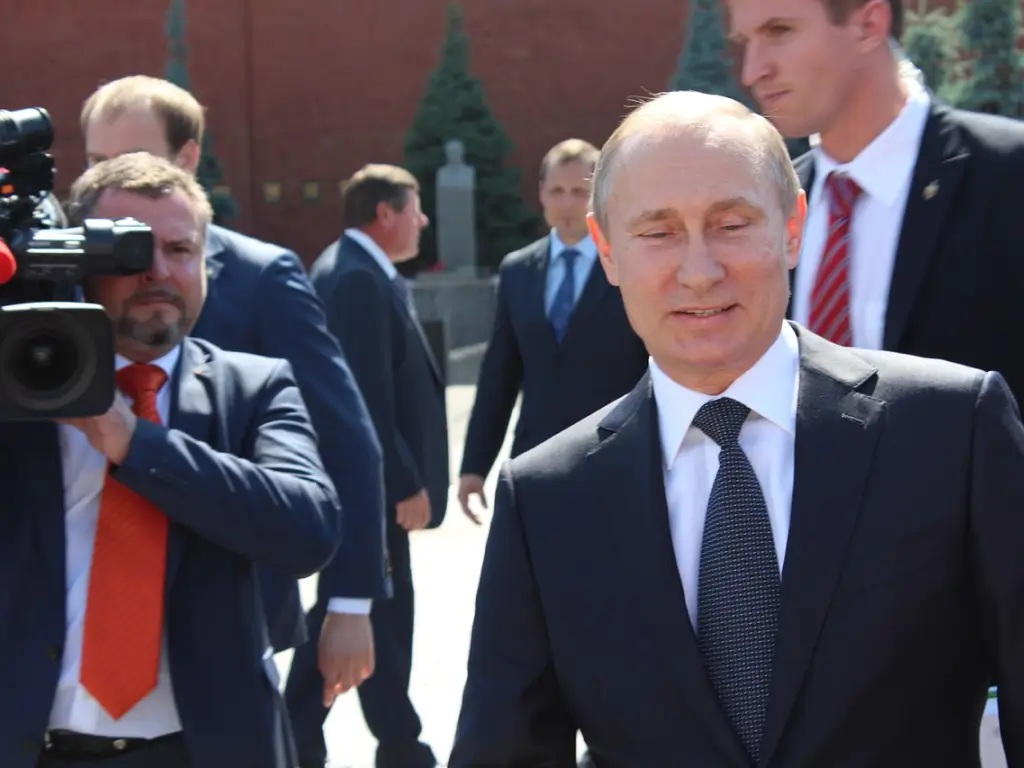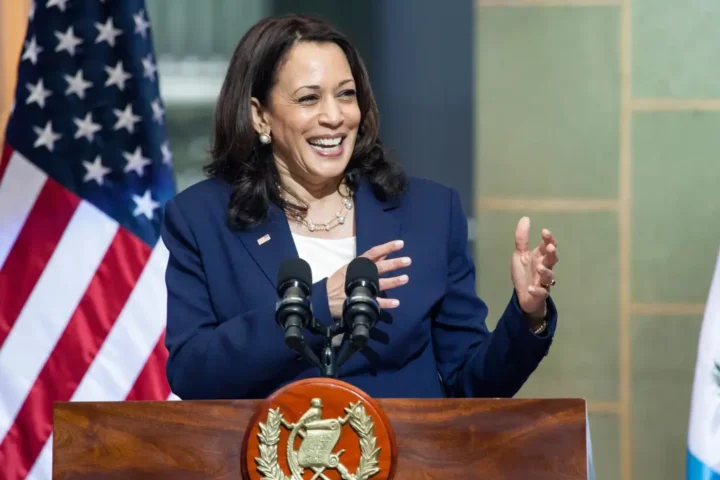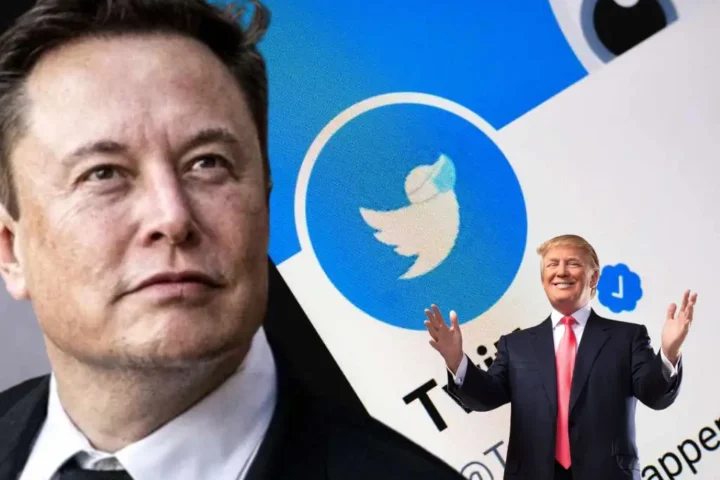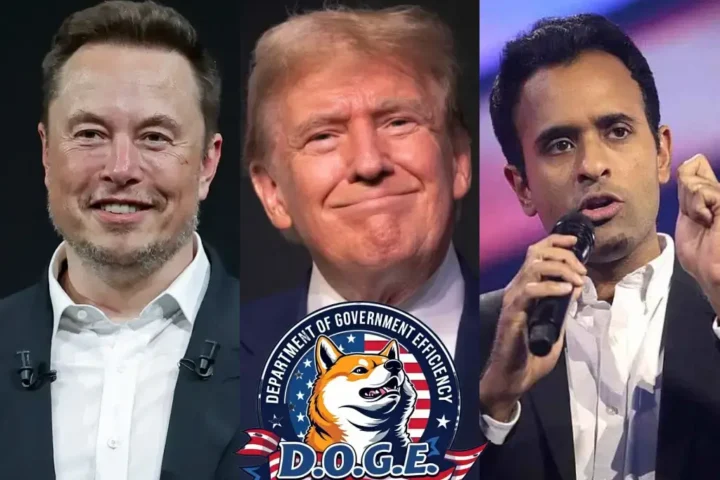Table of Contents
October 11, 2024
As a result of the extensive southern war effort, Russia’s economic structure is nearing a problematic future, as excessive funding towards the military can cause the country to enter a period of long-term economic deterioration.
Military Spending Surges Sharply
According to the newly approved 2025-2027 draft budget, the Russian defense spending is set at 13.5 trillion rubles ($145bn) for 2025, which is 25% more than planned for 2024. This will take the defense budget to 6.3% of GDP, a huge portion of the government’s financial capacity. To put this into perspective, the budget dedicated to violent ends or military use surpasses the proposed funds for social care like pensions twofold.
The Transition to a Warfare Economy
Since Russia began its large-scale invasion of Ukraine at the start of 2022, Russia has begun the process of refashioning its economy into a military-industrial complex and learning how to work around the sanctions placed on it. The military-industrial complex has grown large enough to support the escalating needs of war. Nevertheless, an increasing militarization of the country’s economy is witnessed, more so because in several appropriation budgets the government has remained fixated on allocating more resources to the war effort instead of investing in other important sectors.
As Defense Takes Priority, Economic Risks Surface
Although Russia seems keen on funding its war, critics argue that such a level of expenditure in defense is not sustainable. He noted that while Russia is keeping its spending at 3 percent of GDP, Andrius Tursa, an advisor at consultancy Teneo, said the country may not be able to sustain the high rate of military investment. “Even more militarization of the economy coupled with vast state spending may be hardly sustainable in the middle- and long-run,” Tursa said.
The pressures of inflation and an increasing cost of living
Growing military recruitment, labor scarcity, and government spending fray may result in persistent inflation, as it currently stands at 9.1%. Russia’s central bank recently increased the key rate to 19%, and another consecutive increase to 20% is expected. In return, consumers are facing a higher consumer price index, especially for houses and utilities, thus escalating people’s grievances.
A Loss of Social Services and Civil Society
Besides, by directing its attentions to the defense expenditure, the Russian government risks hampering the development of other important spheres, including education and health sectors and infrastructure. Such an attitude towards development may yield to degradation of public infrastructure, which in turn leads to a decrease in living standards for many Russians. While collective action has not yet come to the streets, scholars think that dissatisfaction with the current living standards may escalate in the future.
Foreign earnings of energy products are the sole source of economic livelihood.
Despite that, Russia has still been able to avoid an economic crash, which to a large extent is attributed to continuing to sell oil and natural gas to countries such as China and India. These energy exports will equal 27% of the Russian state budget revenue in 2025. But this lifeline may not suffice to balance rising economic pressures that accompany increased spending on the military.
Impact of War Economy as a Long-Term Basis
The bureaucratic nature of Russia’s war economy looks solid for now, but people are starting to ask how much longer it can continue on this path and when it will face the consequences. Considering military budgets as a priority, the state’s ability to invest in future potential, technological advances, and social well-being may suffer, along with the potential decline of Russia’s economy in the long run.
Will it affect Russia negatively, causing more problems for it domestically and internationally due to this relentless focus on spending on wars? Only time will tell.













